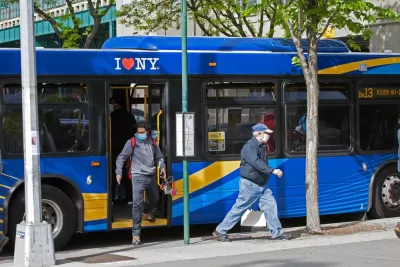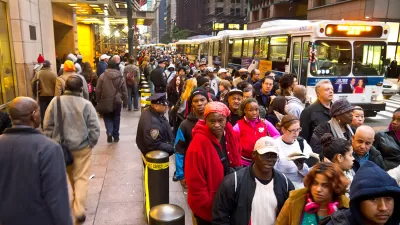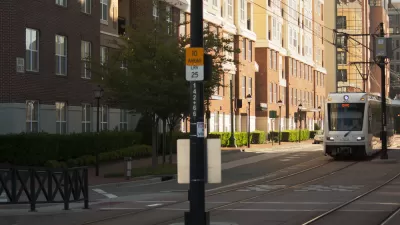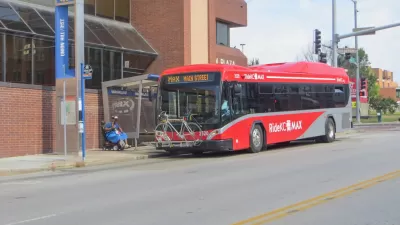A redesigned bus network in the Bronx, planned since October 2019, is now live.

The Bronx Local Bus Network Redesign project, led by the New York Metropolitan Transportation Authority (MTA), launched on June 26 with new routes and service schedules, according to an article in Mass Transit magazine.
“The redesigned network brings foundational improvements that will deliver more reliable bus service, improve connections, reduce wait times and increase bus speeds. It reallocates resources to the portions of the borough with the greatest impact and lays out an adaptable framework to meet real-time travel patterns of current and future bus customers,” according to the article.
The article adds that the new system design responds to demographic and travel pattern changes in the borough in recent decades. “While service adjustments were made along the way, the redesign provides the larger-scale improvements needed to better meet the demand of today’s riders. The redesigned network consists of 13 significantly modified routes, two new routes and changes on most routes in respect to bus stops and schedules.”
The system's redesign focuses on a few key concepts, such as bus stop balancing (i.e., reducing the number of bus stops to increase bus speeds), more direct routes, better connections, and more all day service with higher bus frequencies.
More details of the redesigned network and the planning process led culminated over the weekend can be found on the Bronx Local Bus Network Redesign page on the MTA website.
FULL STORY: MTA set to launch redesigned Bronx Local Bus network

Trump Administration Could Effectively End Housing Voucher Program
Federal officials are eyeing major cuts to the Section 8 program that helps millions of low-income households pay rent.

Planetizen Federal Action Tracker
A weekly monitor of how Trump’s orders and actions are impacting planners and planning in America.

Ken Jennings Launches Transit Web Series
The Jeopardy champ wants you to ride public transit.

Rebuilding Smarter: How LA County Is Guiding Fire-Ravaged Communities Toward Resilience
Los Angeles County is leading a coordinated effort to help fire-impacted communities rebuild with resilience by providing recovery resources, promoting fire-wise design, and aligning reconstruction with broader sustainability and climate goals.

When Borders Blur: Regional Collaboration in Action
As regional challenges outgrow city boundaries, “When Borders Blur” explores how cross-jurisdictional collaboration can drive smarter, more resilient urban planning, sharing real-world lessons from thriving partnerships across North America.

Philadelphia Is Expanding its Network of Roundabouts
Roundabouts are widely shown to decrease traffic speed, reduce congestion, and improve efficiency.
Urban Design for Planners 1: Software Tools
This six-course series explores essential urban design concepts using open source software and equips planners with the tools they need to participate fully in the urban design process.
Planning for Universal Design
Learn the tools for implementing Universal Design in planning regulations.
Ada County Highway District
Clanton & Associates, Inc.
Jessamine County Fiscal Court
Institute for Housing and Urban Development Studies (IHS)
City of Grandview
Harvard GSD Executive Education
Toledo-Lucas County Plan Commissions
Salt Lake City
NYU Wagner Graduate School of Public Service





























